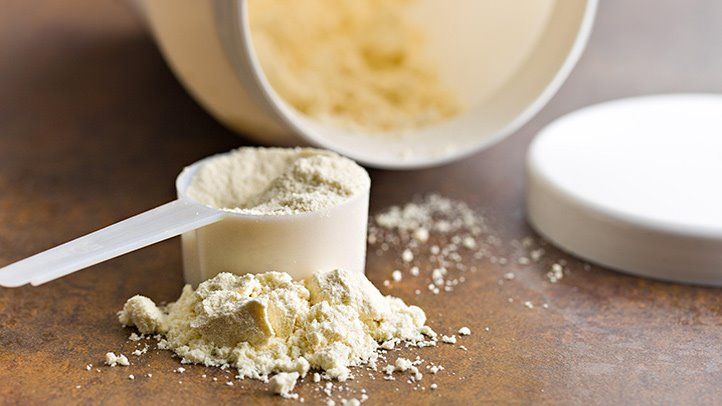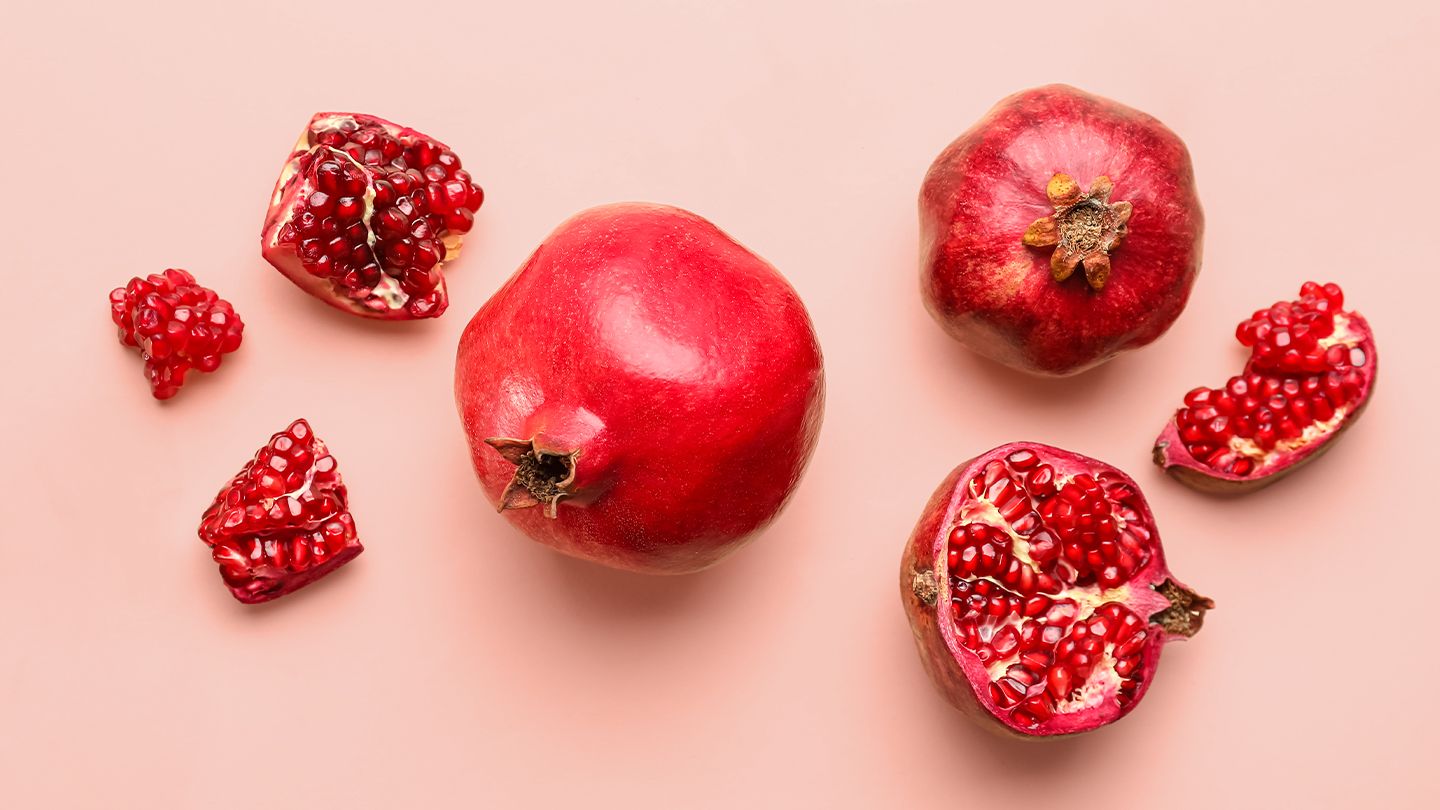The Nutrition Profile of Mozzarella Cheese
Mozzarella is one of the most popular cheeses in the world. This mild, white cheese has a smooth, elastic texture that makes it ideal for recipes like pizza, lasagna, and caprese salad. But many people wonder - just how many calories are in mozzarella cheese?
The calorie content of mozzarella can vary depending on factors like the milk used to produce it, whether it's fresh or low moisture, whole milk or part skim. However, according to the USDA, one ounce (about 28g) of whole milk mozzarella contains approximately:
- 85 calories
- 6 grams of fat
- 6 grams of protein
- Less than 1 gram of carbohydrates
How Mozzarella Compares to Other Cheeses
Mozzarella is lower in calories and fat than many other popular cheeses. For example, cheddar, Swiss, Monterey Jack and Brie all contain over 100 calories and at least 9 grams of fat per ounce. Mozzarella is also lower in calories than other fresh Italian cheeses like ricotta and mascarpone.
However, some cheeses are comparable or even lower in calories than mozzarella, such as:
- Cottage cheese: 81 calories, 2g fat per ounce
- Parmesan: 111 calories, 7g fat per ounce
- Part-skim mozzarella: 60 calories, 4.5g fat per ounce
Low Moisture vs Fresh Mozzarella
There are two main varieties of mozzarella cheese - high moisture (fresh) and low moisture. Fresh mozzarella contains more water, giving it a softer, creamier texture. Low moisture mozzarella is firmer and often used for shredding.
In terms of calories and fat, fresh mozzarella tends to be higher than low moisture. According to CalorieKing, one ounce of whole milk fresh mozzarella contains about:
- 100 calories
- 8 grams fat
While one ounce of low moisture, whole milk mozzarella has around:
- 75 calories
- 5 grams fat
If choosing fresh mozzarella for caprese salad or on pizza, be mindful that the calories can add up more quickly compared to low moisture varieties.
Tips for Enjoying Mozzarella on a Healthy Diet
Mozzarella can be part of a healthy diet when enjoyed in moderation. Here are some tips for keeping calories under control:
Stick to Reasonable Serving Sizes
While mozzarella is lower in calories than many cheeses, it's still easy to overdo it. Pay attention to recommended serving sizes, which are generally 1-2 ounces of cheese per day.
Choose Part-Skim or Low Moisture Varieties
Opting for part-skim rather than whole milk mozzarella can slash calories and fat. Low moisture mozzarella also tends to be lower in calories than fresh. Shredded mozzarella labeled as part-skim is a good option.
Use it to Flavor Dishes
Add small amounts of mozzarella to boost flavor and nutrition in dishes like omelets, grain bowls, salads and sandwiches. Use it as a topping rather than the main ingredient.
Pay Attention to Other Ingredients
Breaded and fried mozzarella sticks or cheese-stuffed fried ravioli can contain significantly more calories than plain mozzarella. Be mindful of these extra ingredients.
Health Benefits of Mozzarella
When enjoyed as part of a healthy diet, mozzarella offers several important nutrients and health benefits, including:
High in Protein
Mozzarella is an excellent source of protein, containing about 6 grams per one ounce serving. Protein helps build muscles, bones and skin as well as supporting the immune system.
Source of Calcium
Mozzarella made from cow or goat's milk is high in calcium, providing about 15-20% of the recommended daily value per ounce. Getting enough calcium can promote bone strength and prevent osteoporosis.
Contains Probiotics
Mozzarella, especially fresh varieties, contain beneficial live bacteria called probiotics. Consuming probiotics can support digestive and immune system health.
Rich in Vitamin B12
Mozzarella cheese provides a significant amount of vitamin B12, a nutrient important for red blood cell formation, brain function, and DNA synthesis.
Is Mozzarella Suitable for Keto and Low Carb Diets?
Mozzarella can be an excellent choice as part of a ketogenic or other low carb high fat diet. With less than 1 gram of digestible carb per ounce, mozzarella has almost no effect on blood sugar or insulin levels.
People following the keto diet aim to get about 70-80% of calories from fat. Mozzarella contributes beneficial fats and protein rather than carbs.
Just be mindful of portion sizes. While mozzarella may be low carb, it's still easy to overdo calories eating large amounts of cheese.
Keto-Friendly Ways to Enjoy Mozzarella
Here are some delicious low carb recipes featuring mozzarella cheese:
- Caprese salad with fresh mozzarella, tomatoes and basil
- Chicken crust pizza with tomato sauce and melted mozzarella
- Zucchini lasagna rolls filled with mozzarella and ricotta
- Baked mozzarella sticks seasoned with Italian spices
- Cloud bread made from egg whites, cream cheese and mozzarella
So is mozzarella suitable for keto? In moderation, yes. Just be mindful of your total daily calories and cheese intake.
FAQs
How many calories are in mozzarella cheese?
According to the USDA, one ounce of whole milk mozzarella cheese contains around 85 calories, 6 grams of fat and 6 grams of protein.
Is fresh mozzarella higher in calories than regular mozzarella?
Yes, fresh mozzarella usually contains more calories and fat than low moisture mozzarella varieties. One ounce of fresh mozzarella has about 100 calories and 8 grams of fat.
What type of mozzarella is best for a low carb/keto diet?
Low moisture part-skim mozzarella is a good choice for low carb and keto diets. With less than 1 gram of carbs and 60-75 calories per ounce, it fits well into a high fat, low carb nutrition plan.
Is buffalo mozzarella high in calories?
Buffalo mozzarella is slightly higher in fat and calories than cow's milk mozzarella. An ounce of buffalo mozzarella contains around 9 grams of fat and 100 calories because it has a high milk fat content.
Disclaimer: This article is for informational purposes only and does not constitute medical advice. Always consult with a healthcare professional before starting any new treatment regimen.
Related Coverage
Enjoy keto-friendly cookouts with these delicious low carb side dishes like zucchini skewers, cauliflower rice, coleslaw, dips, and fresh veggie salads....
Keto Activate powder by Ancient Nutrition provides exogenous ketones to help boost ketosis. Learn about the ingredients, benefits, side effects and proper usage....
Learn all about mozzarella cheese calories, protein, fat content. Compare mozzarella nutrition to other cheeses and see the health benefits of mozzarella....
Want to know if you can eat cheese on a low-carb or keto diet? Get the real truth on carbs in all types of cheese and the best low carb cheese options....
Pomegranate can be included in a keto diet in small 1⁄2 cup servings containing 8-15 grams of net carbs. Prioritize low-carb berries and limit high-sugar fruits....
Sauerkraut is very low in carbs and can fit into a low carb or keto diet. This fermented cabbage offers probiotics, vitamins, minerals and antioxidants....
Want to combine a 15/9 intermittent fasting plan with a ketogenic diet? Learn how it works, benefits like faster fat loss, challenges to manage, meal plan samples and tips for newbies....
Follow this detailed 7-day keto diet plan with advice on the best foods to eat and avoid. Includes keto breakfast, lunch, dinner and snack ideas to help you stay in ketosis....
Want to occasionally enjoy mangoes on a keto diet? Learn if and how you can fit higher carb fruits like mangoes into a low carb ketogenic lifestyle....
Asiago cheese sold commercially is required to be made from pasteurized milk. However, it is possible to find raw milk versions from some artisanal cheesemakers. Learn more about how pasteurization impacts flavor, nutrition and food safety....









